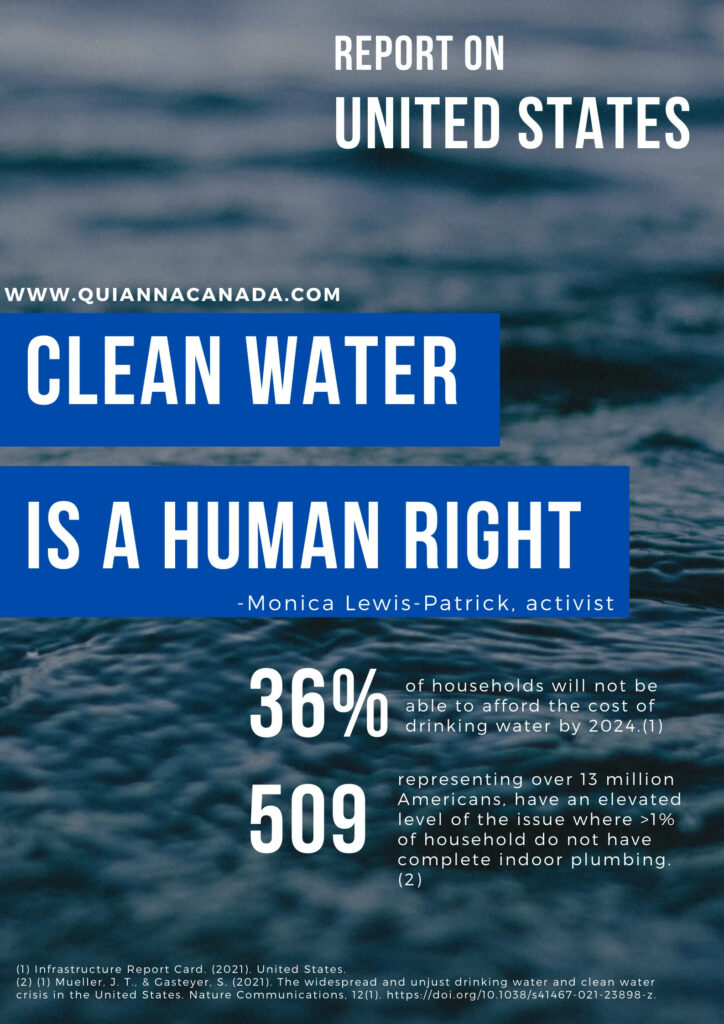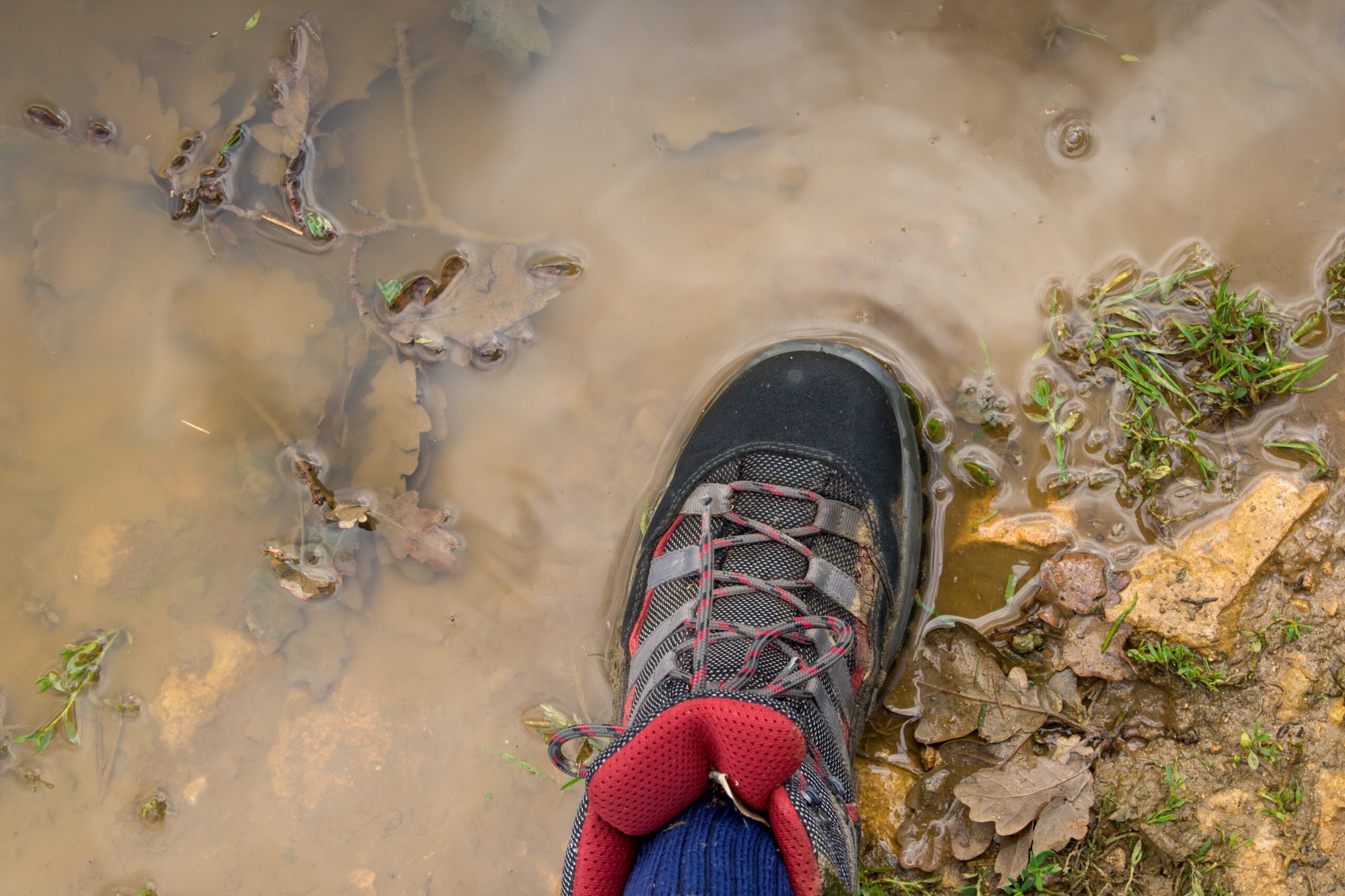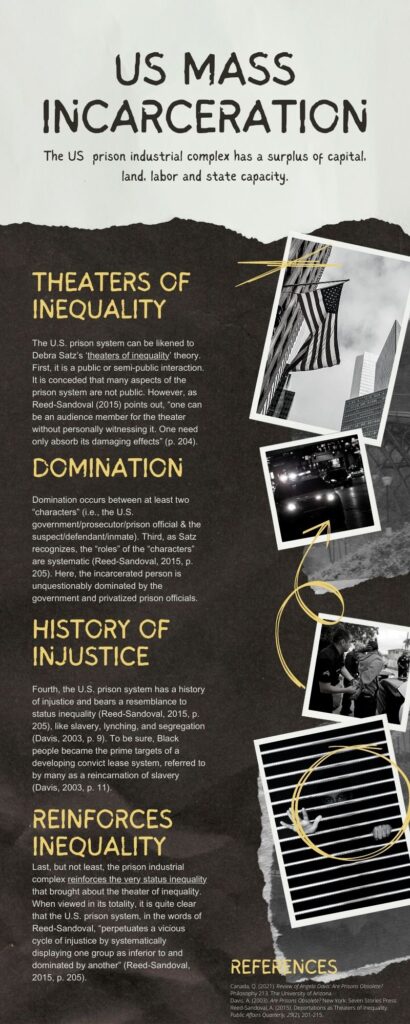Unsafe Drinking Water Muddies the Water on US Human Rights
Unsafe Drinking Water Muddies the Water on US Human Rights
The impact of dwindling water supplies on humankind is evident worldwide.[1] Still, most presume that citizens of the United States live with close to universal access to potable water, sanitation, and safe drinking water.[2] While this is not true, I think the United States could do better. In the past, the American Society of Civil Engineers has given the United States a “C-” or below for wastewater infrastructure in their annual “Infrastructure Report Card”[3] but I think the United States could improve its score.
Before we get to that, its important to state that The Natural Resources Defense Council released a report demonstrating the disproportionate impact on people of color posed by safe drinking water and clean water regulatory burdens which built on similar peer reviewed findings.[4] According to professors Mueller and Gasteyer, “clear household water access represents an ongoing environmental injustice in the United States.” Their research also found that millions of Americans live in counties where more than 1 out of 100 occupied households lack complete plumbing[5] and live in places with chronic Safe Drinking Water Act violations and Clean Water Act non-compliance.[6]

The muddy water crisis in the United States is a growing concern for human rights activists. For example, organizations found Black and Hispanic individuals continue to be disproportionately affected by paying some of the highest water bills for unsafe water they cannot drink. Janene Yazzie, community activist, further asserts, the water crisis has become a public health, a rights, an equity, and a survival issue.
Is Access to Water a Human Right?
The Economic and Social Council has held “the human right to water is indispensable for leading a life in human dignity. It is a prerequisite for the realization of other human rights.”[7] The legal basis for the right to water is found in Article 11, paragraph 1, of the ICESCR. While the US has not ratified the ICESCR, it still has an obligation under A/RES/64/292. Additionally, the Council made clear the right to water is “…inextricably related to the right to the highest attainable standard of health (art. 12, para. 1) and the rights to adequate housing and adequate food (art. 11, para. 1).”[8] Here, the right to water, like any human right, imposes three types of obligations on the United States: the obligation to respect, protect and fulfill.[9] Unfortunately, the United States government has failed to take action. But I think frontrunners for the presidential race in 2024 can make clean water one of its campaign promises.
How Can the United States Raise its Score?
To raise the United States’ grade, it should develop and fund affordability programs to ensure that low-income and vulnerable communities do not bear a disproportionate burden of rate increases.[10] Lastly, the United States’ national water strategy and plan of action should be based on the principles of accountability, transparency and independence of the judiciary, since good governance is essential to the effective implementation of all human rights, including the realization of the right to water.[11]
References
[1] Niazi, T. (2008). Water Sources. International Encyclopedia of the Social Sciences, 2nd edition. The Gale Group.
[2] Mueller, J. T., & Gasteyer, S. (2021). The widespread and unjust drinking water and clean water crisis in the United States. Nature Communications, 12(1). https://doi.org/10.1038/s41467-021-23898-z, p. 2.
[3] Infrastructure Report Card. (2021). United States. Available at: www.infrastructurereportcard.org/wp-content/uploads/2020/12/Drinking-Water-2021.pdf
[4] Supra, note 2, p. 2.
[5] Id, p. 5.
[6] Id.
[7] U.N. Economic and Social Council. (2003). The right to water (arts. 11 and 12 of the International Covenant on Economic, Social and Cultural Rights). E/C.12/2002/11
[8] Id., para. 3.
[9] Id., para. 20.
[10] Supra, note 3, p. 8.
[11] Supra, note 7, para. 49.


